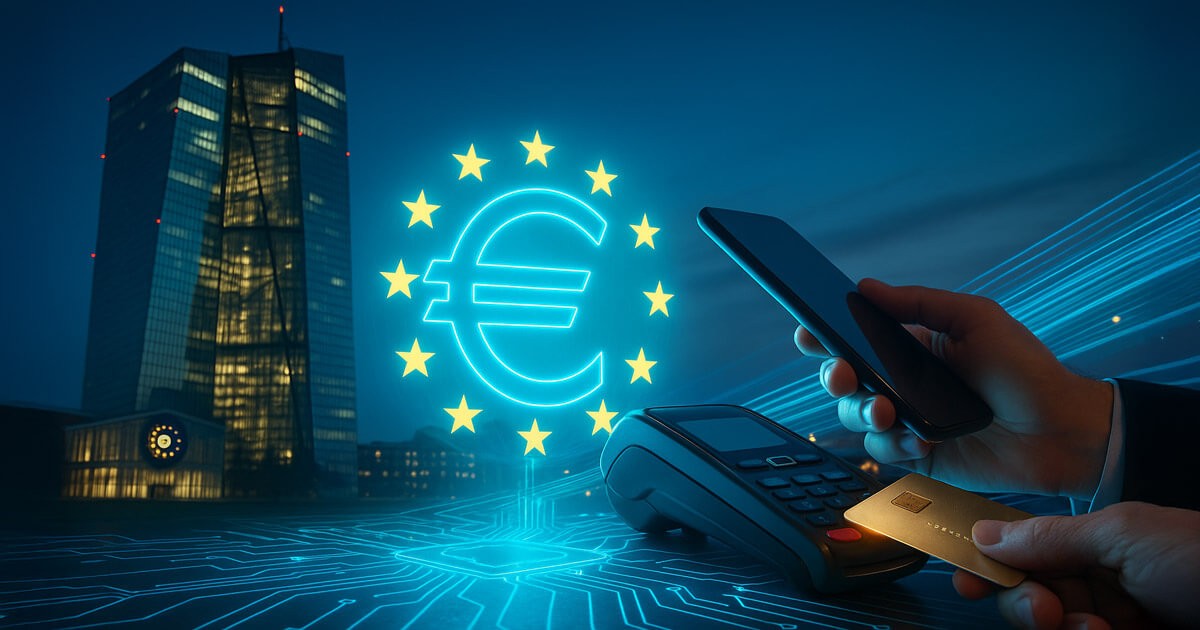The Digital Euro Frontier: ECB Names the Builders, Signals a Cashless Future—But the Door Won't Open This Decade
Europe’s central bank is moving the digital euro from theory to serious preparation. The European Central Bank has selected several firms to provide core services for a potential digital euro, a central bank digital currency that could one day complement cash in the eurozone. The announcement, dated October 2, outlines a path forward even as major decisions remain pending. Regulators and lawmakers argue a digital euro would help counter the influence of dollar-denominated stablecoins and keep Europe competitive in a rapidly evolving payments landscape. ECB President Christine Lagarde has urged speed in developing both retail and wholesale versions of the digital euro to strengthen financial sovereignty and reduce external vulnerabilities.

In This Article:
Who Will Build It?
To lay the ground for a digital euro, the ECB has signed framework agreements in four areas: fraud detection, application development, offline payments, and secure data exchange. Each area will have a primary provider and an alternate to ensure continuity. Fraud detection and risk management will be overseen by Feedzai and Capgemini Deutschland. App and software design will be handled by Almaviva and Fabrick. Offline payment functionality will be developed by Giesecke+Devrient. Secure information exchange will be managed by EquensWorldline and Senacor FCS. Sapient GmbH and Tremend Software Consulting were chosen across multiple categories. The ECB noted that it plans to announce an additional provider for offline services later. Importantly, the contracts do not involve any payments at this stage and can be revised in line with EU legislation.

Why Now? The Drive for Digital Sovereignty
The move comes as Europe seeks to accelerate progress on digital payments to stay competitive as stablecoins grow and private players shape the landscape. ECB President Christine Lagarde told lawmakers in Brussels on March 20 that Europe must quicken progress on both retail and wholesale versions of the digital euro to strengthen financial sovereignty and reduce external vulnerabilities. Officials say a digital euro would counter the influence of dollar-denominated stablecoins and help ensure the EU can shape the rules of the game in payments. A decision on issuing a digital euro will only be made after the Digital Euro Regulation, still under negotiation, is formally adopted.

What It Might Look Like in Practice
If launched, the digital euro would coexist with physical money and aim to improve payment efficiency while reducing reliance on private stablecoins. Those behind the project emphasize that this is a preparatory step—contracts exist now, but no payments will be made yet, and terms could change as EU law evolves. Any final decision to issue a digital euro awaits the Digital Euro Regulation and its adoption, meaning the timeline could push into the latter part of the decade.

What This Means for You
This is a strategic, regulatory process rather than an immediate consumer change. The ECB is building the architecture and governance that could one day support a digital euro alongside cash. For now, progress sits in contracts and pilots, not in payments in people’s wallets. The aims are security, resilience, and sovereignty in Europe’s payment system. The ECB continues to refine the plan as it negotiates EU-wide rules for a digital euro.

